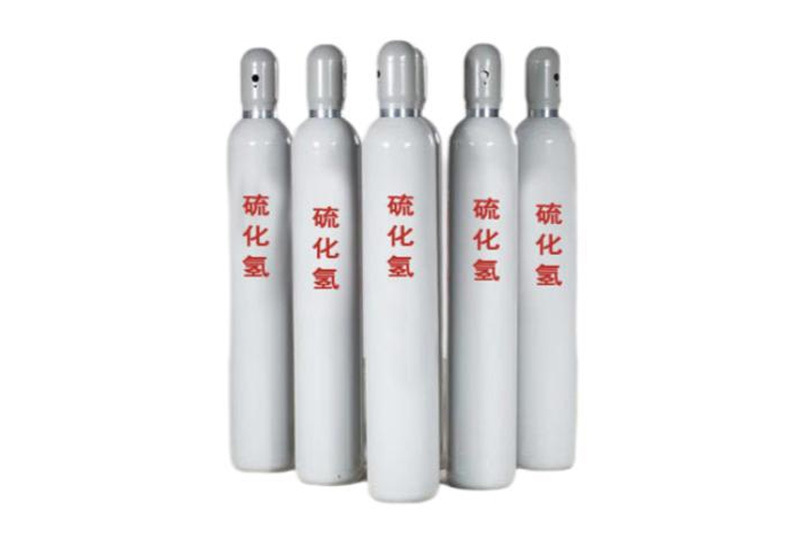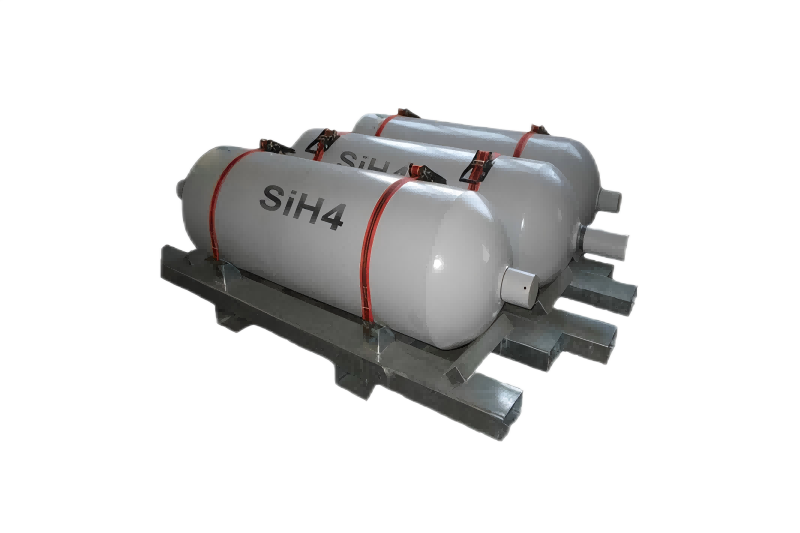Electronic Gas
Key words:
Hydrogen sulfide (H₂S) is a colorless and highly toxic acidic gas, belonging to inorganic compounds. It has no obvious odor at high concentrations, strong rotten egg odor at low concentrations, and sulfur odor at extremely low concentrations. It is a byproduct of many industrial processes, such as natural gas extraction, petroleum refining, wastewater treatment, and paper industry. It is also produced in nature through the decomposition of organic matter and the metabolic activities of certain microorganisms. Hydrogen sulfide has a slightly higher density than air and can accumulate in low-lying areas, forming potential hazardous zones. At low concentrations, it is toxic to the human body, and inhaling high concentrations of hydrogen sulfide can quickly be fatal. It inhibits cellular oxidative phosphorylation, hinders cellular respiration, and leads to cell death. Hydrogen sulfide is irritating to the eyes, respiratory system, and nervous system, and exposure to low concentrations may cause eye irritation, headache, cough, and difficulty breathing.
Key words:
Silane (SiH₄), also known as silicon hydride. It is a colorless, flammable and toxic gas with a strong garlic odor. It is easily ignited in air, extremely sensitive to oxygen and air, and may even undergo explosive reactions with oxygen at temperatures of -180 ℃. Silane is widely used in various industries such as electronics, energy, glass, and high-tech, mainly as a key material for the production of liquid crystal TFTs, solar cells, semiconductors, and more. Due to its spontaneous combustion and toxicity, silane needs to be handled and stored with special care to avoid fire, explosion, and health hazards.
Key words:
Hydrogen sulfide (H₂S) is a colorless and highly toxic acidic gas, belonging to inorganic compounds. It has no obvious odor at high concentrations, strong rotten egg odor at low concentrations, and sulfur odor at extremely low concentrations. It is a byproduct of many industrial processes, such as natural gas extraction, petroleum refining, wastewater treatment, and paper industry. It is also produced in nature through the decomposition of organic matter and the metabolic activities of certain microorganisms. Hydrogen sulfide has a slightly higher density than air and can accumulate in low-lying areas, forming potential hazardous zones. At low concentrations, it is toxic to the human body, and inhaling high concentrations of hydrogen sulfide can quickly be fatal. It inhibits cellular oxidative phosphorylation, hinders cellular respiration, and leads to cell death. Hydrogen sulfide is irritating to the eyes, respiratory system, and nervous system, and exposure to low concentrations may cause eye irritation, headache, cough, and difficulty breathing.
Key words:
Latest Products
Latest News



